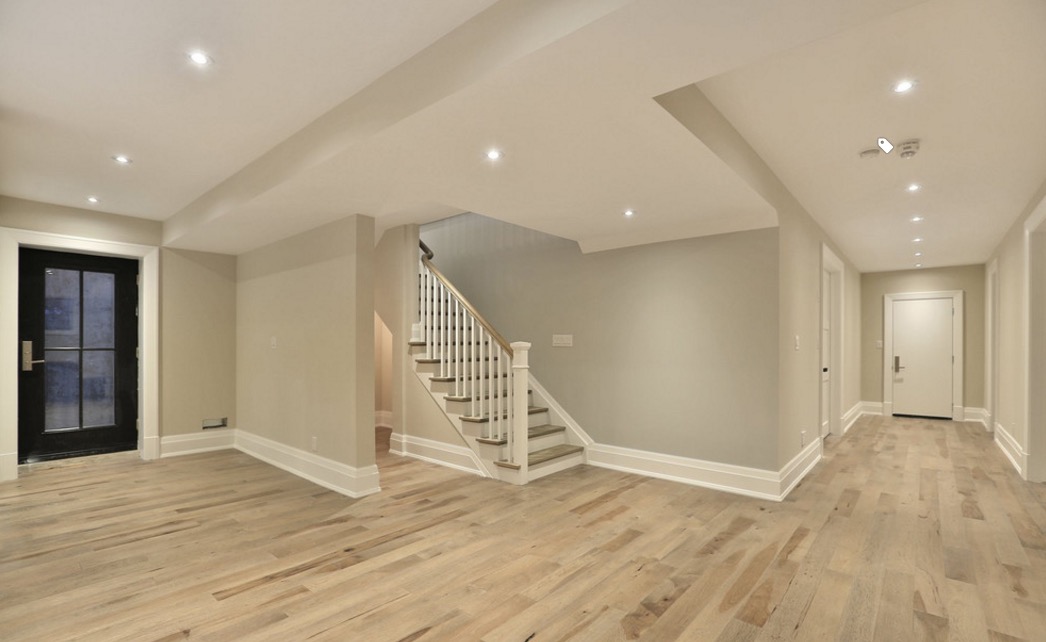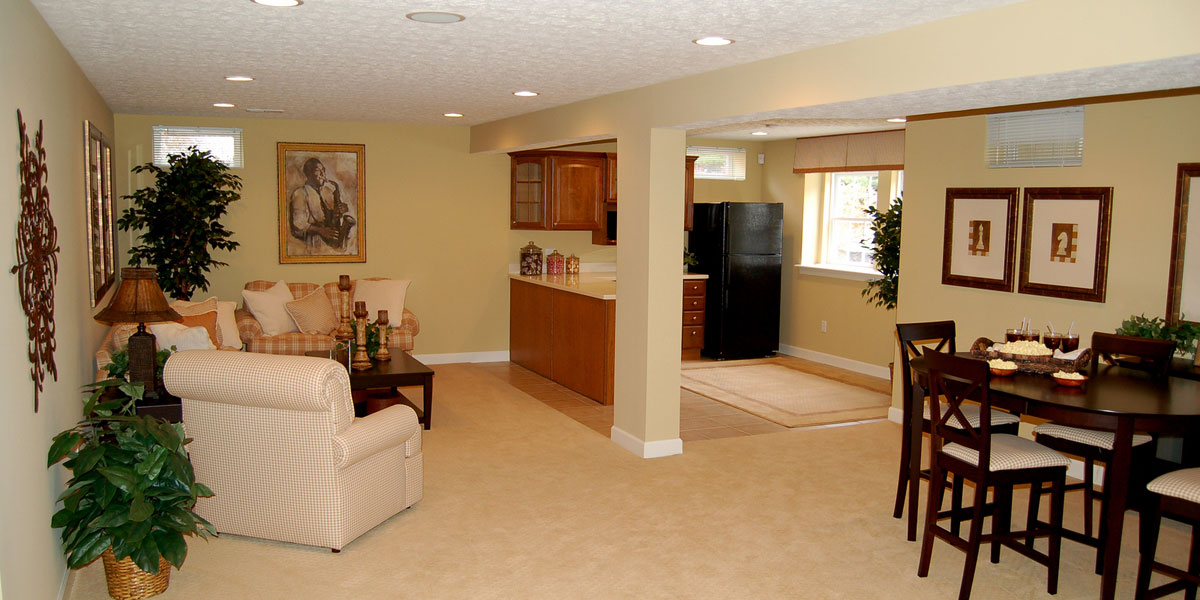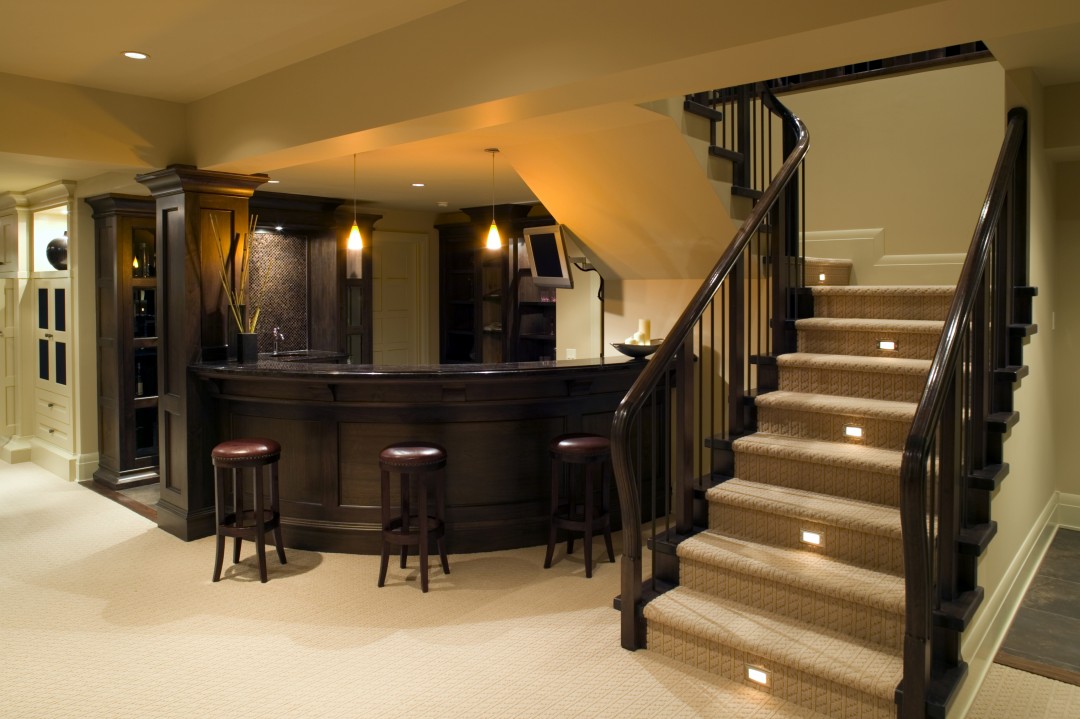Turning a basement into an extra room can give you a lot more space, and is particularly useful if you have a growing family as finished basements often make excellent playrooms or family rooms. They can also easily turn your two or three bedroom home into a four or five bedroom home depending on how you set up your finished basement.
But what steps do you need to take to ensure a successfully finished basement?
In this article we’ll be exploring some of the key steps you’ll need to take to ensure your renovation is successful.
1)Start With a Clean and Dry Slate

Before you start any major renovation work, you’ll need to make sure your basement is completely dry and as clean as possible. This means that you have to have any tear-out work, as well as any bleaching or cleaning of the basic framework done well in advance of the date that you want to start with the refinishing. This will help prevent the appearance of any dampness in your walls. This could cause some nasty smelling mildew or mould in the future which could ruin your renovation.
2)Measure Thoroughly
Make sure you have the exact measurements of your basement space. By measuring accurately and buying enough materials to cover for any construction mishaps, such as an improper saw cut or discovering a warped board, you will help ensure that you have the correct amount of materials for the job, and neither too much nor too little. You always want to have a little bit of leeway with building materials in case you run into anything unexpected, but measuring will give you a great ballpark for how much to buy.
3)Decide on Plumbing and Wiring

Most basements can have the electrical components run off of the rest of the homes electrical system, but this will require expert knowledge so you will have to hire an electrician to make sure that everything is done safely and efficiently. The same goes if you are planning on having running water in your basement, such as you would for a second bathroom or a kitchenette, you will have to hire a plumber to help you complete the job right. This will most likely require you to have a planning permit, as depending on the current electrical and plumbing set up of your home, work can be extensive.
4)Insulation
Make sure you take the time to insulate as much of your basement as possible, areas such as the rim joists can really leak heat, causing an increase in heating bills as well as cause cold drafts throughout your new space.
5)Escape is Essential

Most states require all basements to have an ‘ecsape’ window for safety. This is a window that not only allows in much needed light, but also allows occupants to exit the basement in the case of an emergency. An added bonus to this legal requirement is that you will be able to open it up and let the air flow through which can be extremely refreshing.
6)Waterproofing
As basements are naturally more of a moist environment, making sure you take all the measures possible to waterproof the room is important. Waterproofing masonry is particularly important.
7)Drainage Mats and Heated Floors

Installing drainage mats can help clear any moisture that builds up in the basement over time, they are also a form of insulation, helping to create a more comfortable warmer floor. Alternatively, if your basement gets particularly cold, you may wish to install under floor heating, to help keep the room toasty no matter the season.
8)Choose your Flooring Wisely
While carpet is the number one choice for flooring, it can be expensive and also highly prone to moisture damage, and wood can be just as susceptible. One of the best options is cork, the tiles when placed can look very similar to wood, but will not damage as easily. This will save you having to shell out extra money for a moisture barrier for your new floor.
9)Fibreglass Batts

If the main section of your basement lies under a section of your house with heavy footfall, then you may want to consider adding fibreglass batts. This will to help insulate against the sounds of footsteps.
10)Use Warm Tones
Basements can often appear cold or dull, to avoid this, and help make a welcoming space, go for warmer toned colours, and deeper richer woods. This will give your new space a nice warmth and a welcoming atmosphere.
Overall, following these tips from start to finish will help ensure you end up with a basement that is finished to a high standard, and highly likely to last through generations of your family, should you choose.






